How to distinguish the quality of plexiglass display printing?
Plexiglass display stands have become the most ideal display props for the display industry because of its unique characteristics. In the actual plexiglass display processing, many companies need to display plexiglass in order to promote their own business or product selling points. Print their logo or product selling points and other information. There are many plexiglass display stands on the market that print very poorly and will be thrown off with a light hand rub. So how do consumers identify the quality of plexiglass display?
In fact, the quality of the sub-organic glass display stand is directly determined by the blending of the plexiglass display frame processing manufacturers.
Simply put, the ink consists of three main components: PVC (polyvinyl chloride plastic) pigment (color) and plasticizer (or other additives).
1.PVC
PVC is an adhesive that adheres to the surface of the textile material after hot melt. It is a very finely dispersed resin with a bit of white sugar. When it is mixed with a plasticizer or other type of additive (except pigment), it becomes a liquid colorless and transparent substance, and after coating, it forms a thin and very thin film. Stir it, you'll find it's easier to stir than pigmented inks, and it's easier to get rid of the squeegee. The viscosity is very different. It's more suitable for printing than pigmented inks, and it's easier to print.
2. Pigment
The pigment produces a color that is ground into fine particles and mixed with PVC and other additives. Its ratio to transparent PVC and other additives determines the transparency and opacity of the color. The concentration of pigment in screen printing inks of plexiglass display stands is higher than that of four-color printing inks. Even for the same type of inks, the percentage of pigments produced by different manufacturers is different, so the viscosity is the same, so their Printing suitability and color density also have corresponding differences. When configuring the ink, it is necessary to test the inks of different manufacturers, their type and hue, because some inks will be lighter and some will not change when 50% of the additives are added.
3. Plasticizer
The additives and plasticizers used by manufacturers to formulate inks are the most important factors in the difference in ink quality. Among them, plasticizers are the most important components, and in most cases are also called reducing agents. The addition of a small amount of reducing agent to the ink reduces the viscosity of the ink, thereby improving the printability of the ink. Usually, in the four-color printing, no reducing agent is added. In the plexiglass display screen printing process, the formation of ink dots is determined by the size of the mesh hole, if the mesh leaves the plexiglass surface, The dots are deformed and the printed image becomes blurred and can be quickly recognized from the surface. The reducing agent in the container is as clear and transparent as water. If you pick up a spoonful, you will feel it is a bit like clear oil. When using it, strictly follow the manufacturer's instructions. Because if too much reducing agent is added, no matter how much desiccant you add, how slow it is, how long it takes to pass the dryer, the ink is difficult to combine with the textile.
Appropriate use of reducing agents can bring benefits to the printing process, but in the actual production process, people often do not follow the manufacturer's instructions, abuse the amount of reducing agent, and evaluate whether the application is appropriate by visual and sensation. Of course this is very harmful. If the dose is not used properly, the printed image will either have a greasy feel or a faded feel. In this case, users often find that the quality of plexiglass products is not good.
In practice, the reducing agent is very different from the diluent. Only the reducing agent reduces the viscosity of the ink, and the diluent does not affect the viscosity of the ink.
If you do not add a reducing agent during printing, you will find that the printed products have obvious ink accumulation, and even orange peel phenomenon, the surface of the printed product is very uneven, and some small pits appear. That is because when the plexiglass display frame is lifted and the screen is lifted, some of the ink sticks away from the surface of the plexiglass display frame when it is lifted. The same printing, just adding an appropriate amount of reducing agent to the ink, found that the phenomenon of ink accumulation is significantly reduced, the screen will not stick to the ink when it is lifted.
Less pigment means less stickiness and less ink build-up, and the reducing agent can further improve the accumulation of ink in the field. In the screen printing process of plexiglass display stand, if the ink blending, the tension of the screen and the pressure applied to the squeegee are neglected, high-quality plexiglass display rack crafts with beautiful patterns can not be printed.
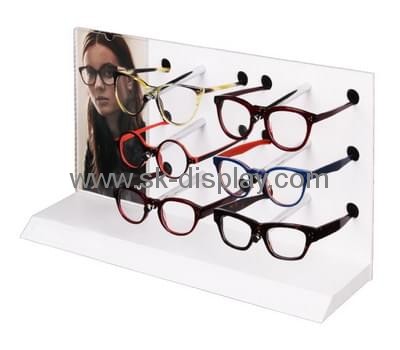
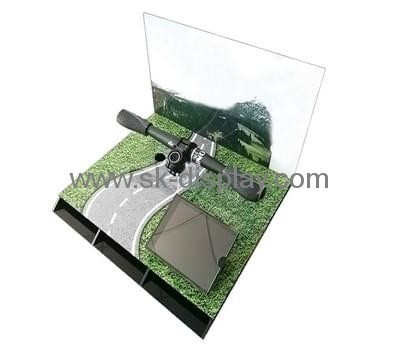
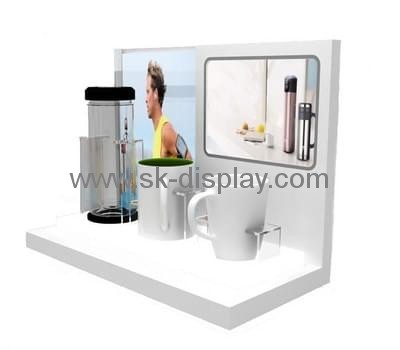
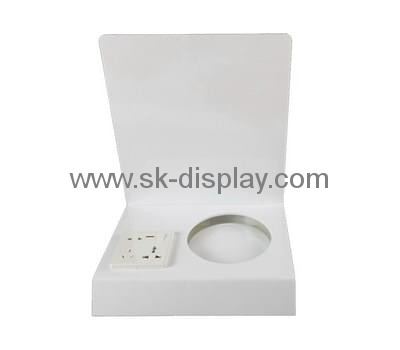
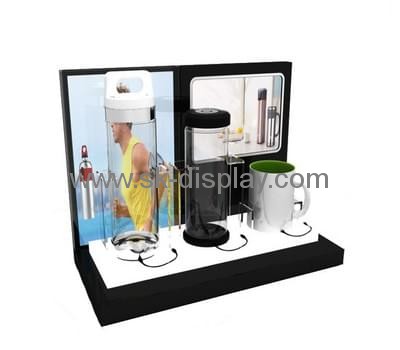
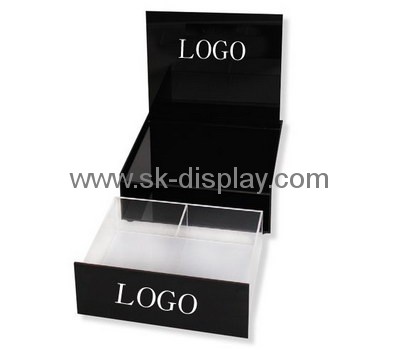
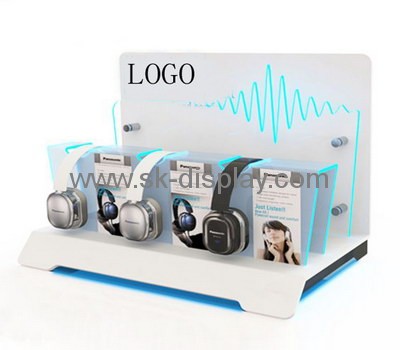
For more information about acrylic displays, welcome to visit professional Chinese acrylic displays manufacturer website: https://www.sk-display.com